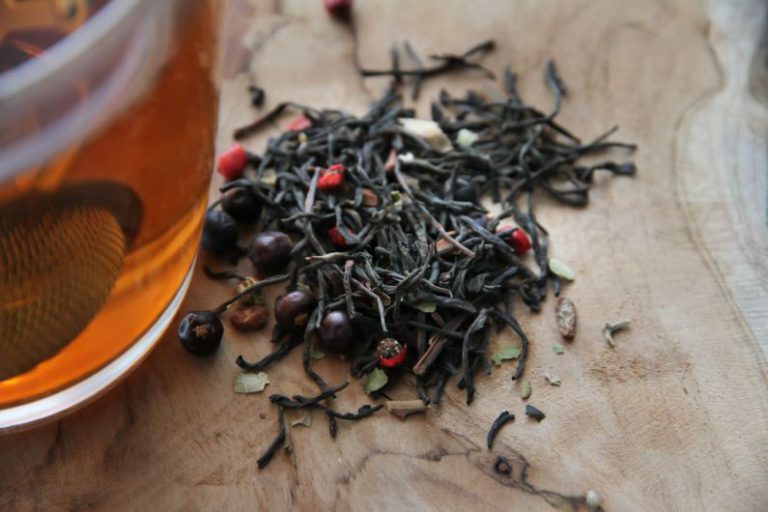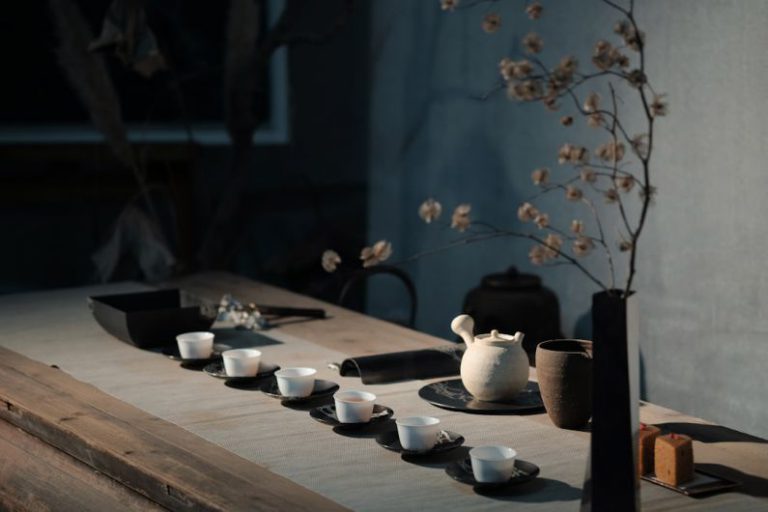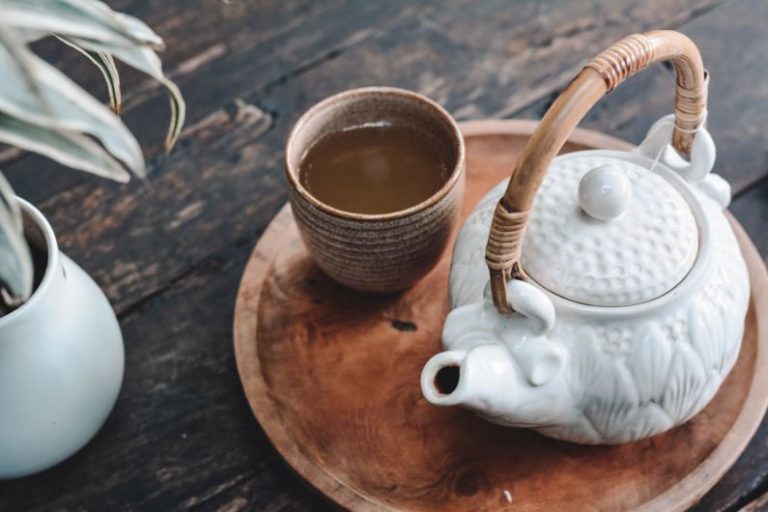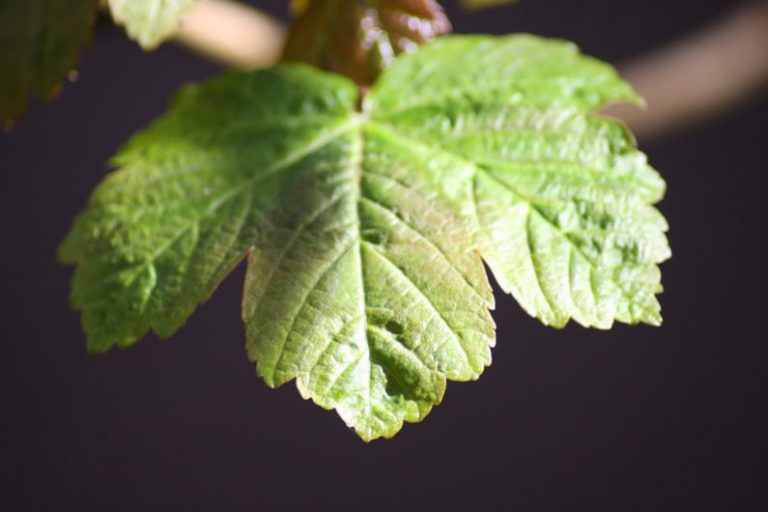Unveiling the Secret: Brewing White Tea
Brewing White Tea: A Delicate Art
White tea, known for its delicate flavor and numerous health benefits, is a popular choice among tea enthusiasts. This sought-after tea variety originates from China and is made from the young leaves and buds of the Camellia sinensis plant. Unlike black or green tea, white tea undergoes minimal processing, allowing it to retain its natural antioxidants and subtle taste profile. Brewing white tea requires a gentle touch and a keen understanding of the process to fully appreciate its unique characteristics. In this article, we will delve into the art of brewing white tea and uncover the secrets to unlocking its full potential.
Choosing the Right White Tea
Before delving into the brewing process, it is essential to start with high-quality white tea leaves. White tea comes in various varieties, each offering a distinct flavor profile and aroma. Silver Needle, White Peony, and Long Life Eyebrow are among the most popular white tea varieties, each with its unique characteristics. When selecting white tea, opt for whole leaf teas as they tend to offer a more nuanced flavor compared to broken leaf varieties. Whole leaf white teas are also less bitter and have a smoother taste, making them ideal for brewing.
Water Temperature and Steeping Time
One of the critical factors in brewing white tea is getting the water temperature and steeping time just right. White tea is delicate and can easily become bitter if brewed at high temperatures or for extended periods. The ideal water temperature for brewing white tea is around 175-185°F (80-85°C). Boiling water should be avoided as it can scald the delicate tea leaves, resulting in a harsh and bitter brew. To achieve the perfect water temperature, you can either use a thermometer or simply allow the water to cool for a few minutes after boiling.
When it comes to steeping time, white tea requires a shorter infusion period compared to other tea varieties. Typically, white tea should be steeped for 2-3 minutes to extract its delicate flavors without overpowering the brew. Oversteeping white tea can lead to a bitter taste, so it’s essential to monitor the steeping time closely. For a stronger brew, you can slightly increase the steeping time, but be cautious not to exceed the recommended duration.
The Art of Brewing White Tea
To brew white tea, start by preheating your teapot or cup to maintain the tea’s temperature during brewing. Place the desired amount of white tea leaves into the teapot or infuser, keeping in mind that white tea leaves tend to be fluffy and voluminous. Once the water reaches the appropriate temperature, pour it over the tea leaves, ensuring they are fully submerged. Allow the tea to steep for 2-3 minutes, depending on your preference for strength.
After the steeping period, gently remove the tea leaves to prevent over-extraction. White tea leaves can be re-steeped multiple times, with each infusion offering a slightly different flavor profile. The subtle nuances of white tea are best appreciated when brewed using this method, allowing you to experience the tea’s evolving flavors with each steep.
Enhancing the White Tea Experience
To elevate your white tea experience, consider experimenting with different brewing techniques and serving styles. Adding a slice of lemon or a sprig of mint can enhance the tea’s aroma and provide a refreshing twist to the flavor. Some tea enthusiasts enjoy white tea with a touch of honey or a splash of milk for a creamy texture. Ultimately, the best way to enjoy white tea is to savor it in its purest form, allowing the delicate flavors to speak for themselves.
In conclusion, brewing white tea is a delicate art that requires precision and care to fully appreciate its subtle nuances. By selecting high-quality white tea leaves, mastering the water temperature and steeping time, and practicing the art of brewing, you can unlock the secrets of this exquisite tea variety. Whether enjoyed on its own or paired with complementary flavors, white tea offers a unique sensory experience that is sure to delight tea aficionados around the world.






